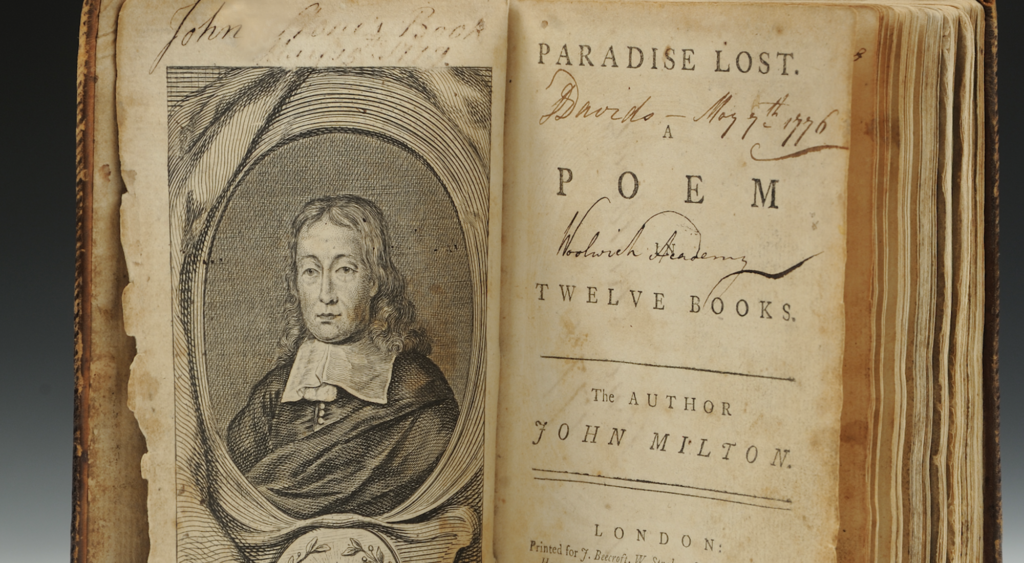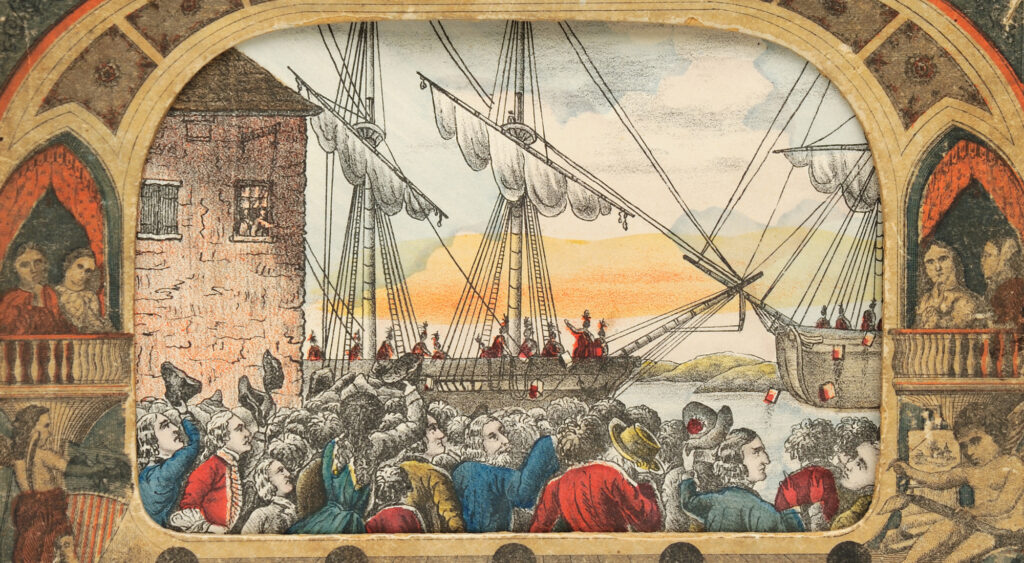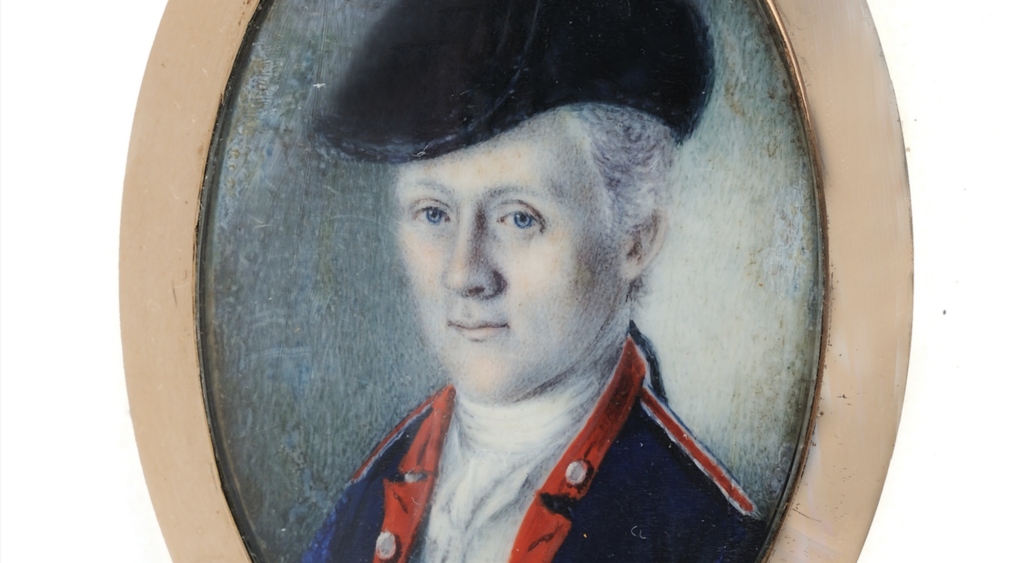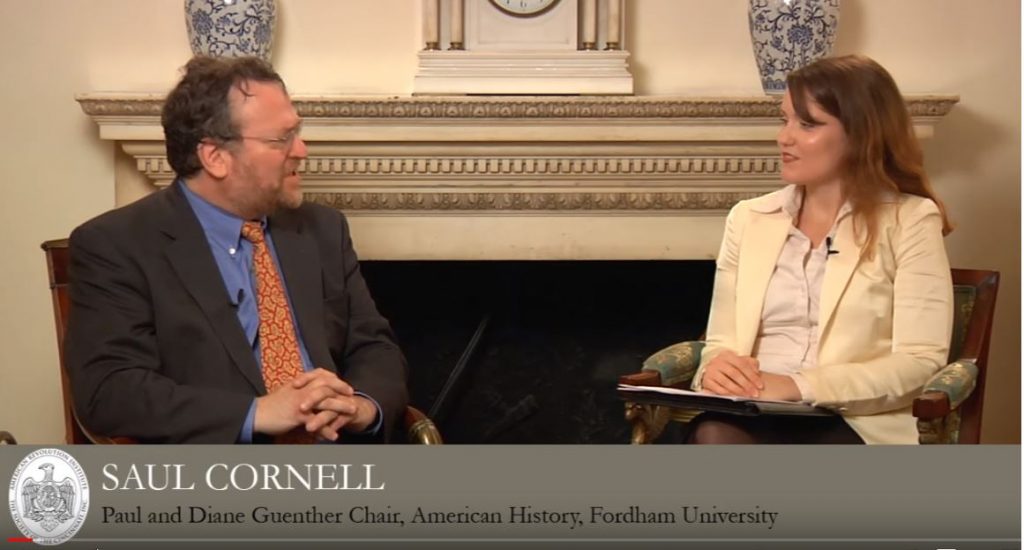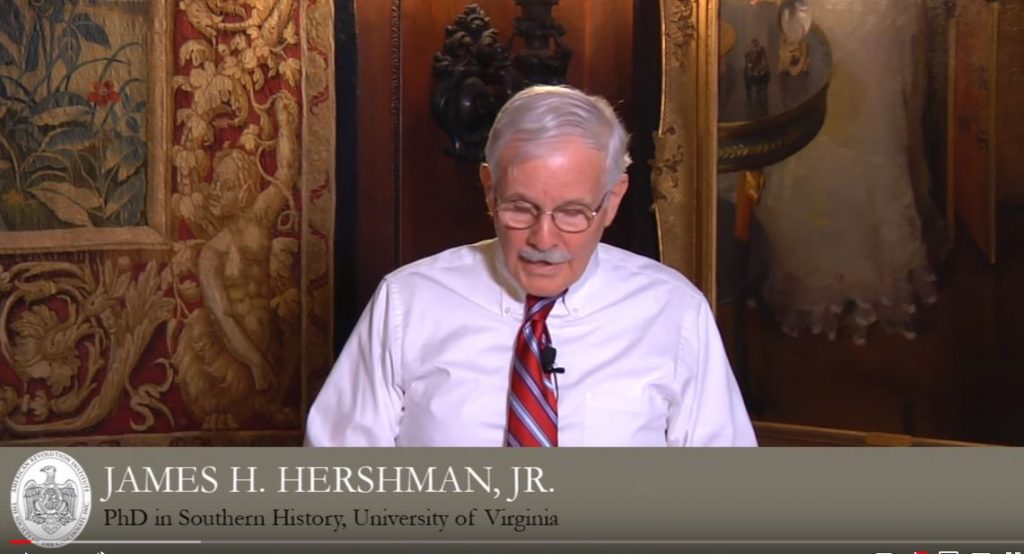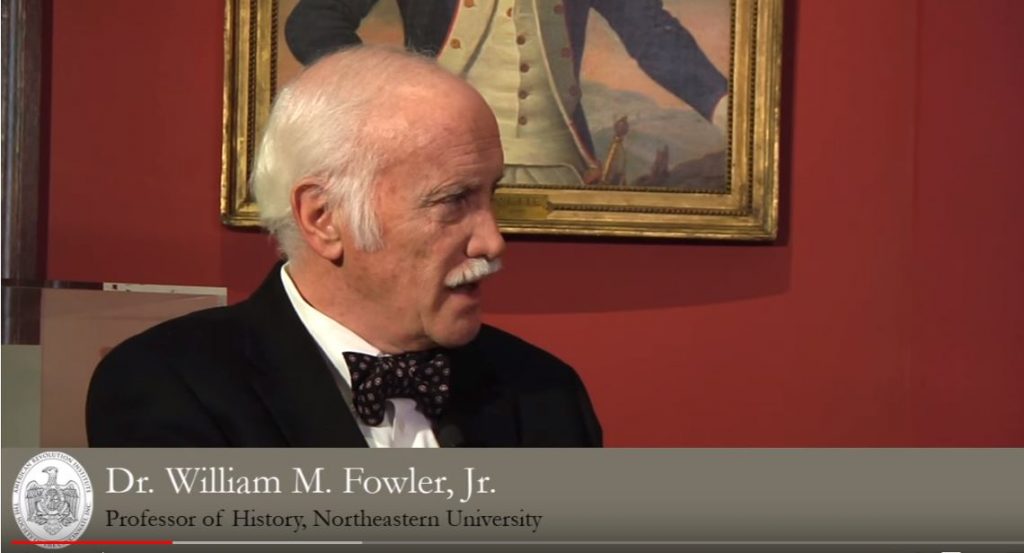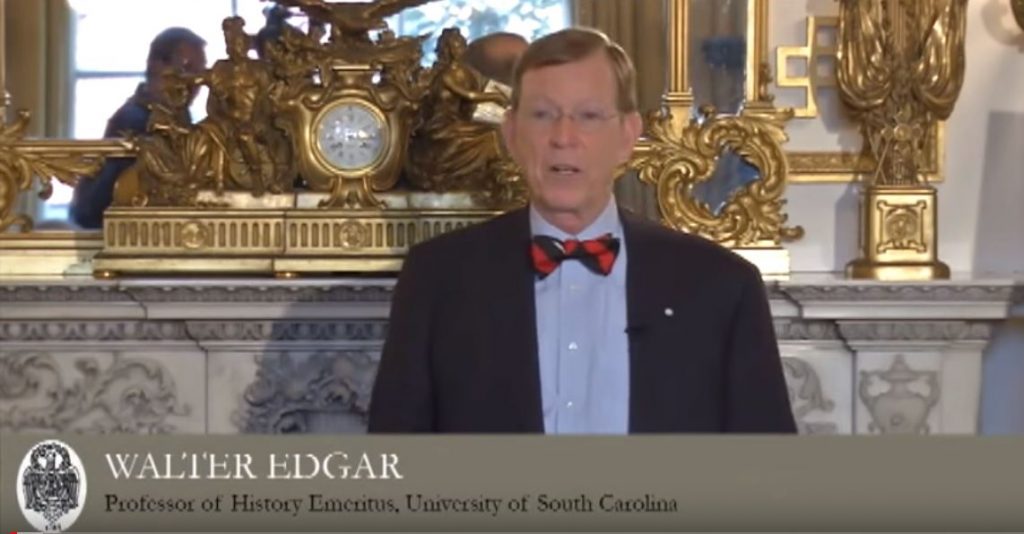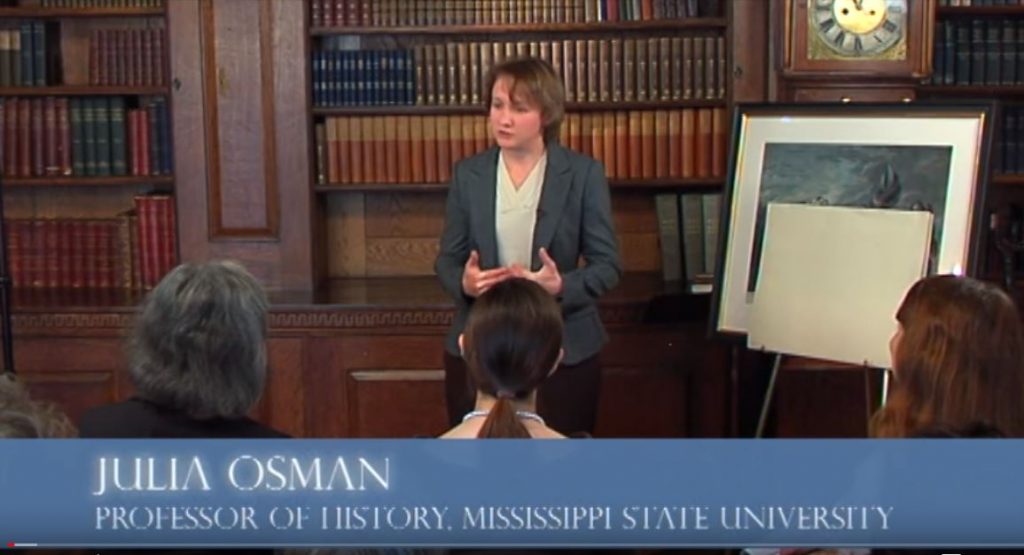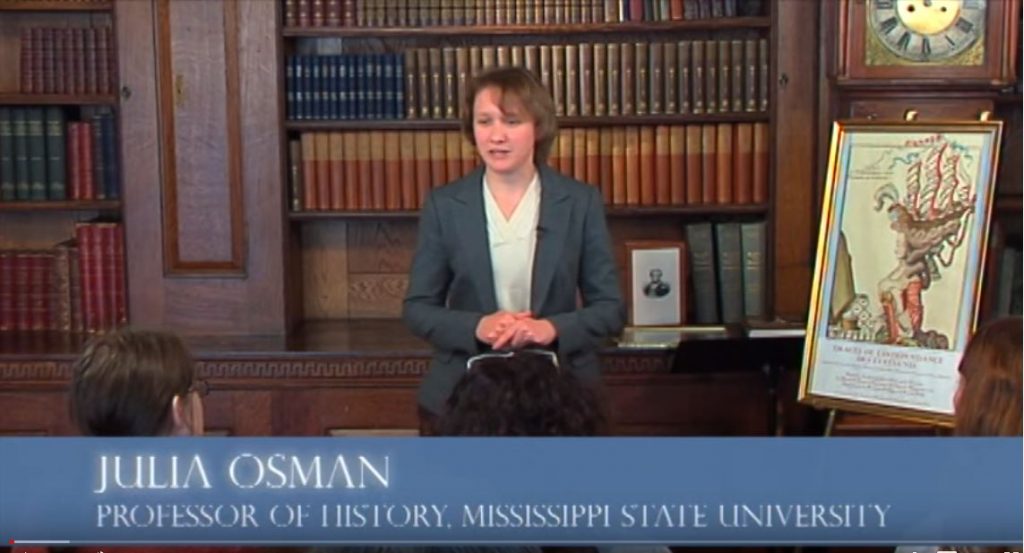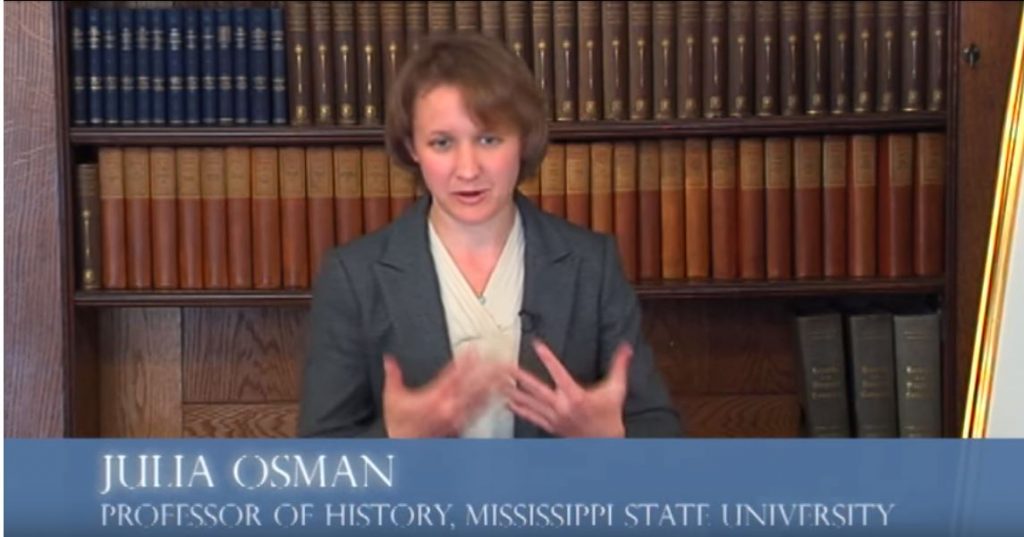The First French Map of the United States
In this segment of Collections Corner, the Institute’s research services librarian, Rachel Nellis, highlights a rare map from our Robert Charles Lawrence Fergusson Collection, Carte des Etats-Unis de l’Amerique suivant le Traité de Paix de 1783, engraved by Jean Lattré, an official engraver to Louis XVI. This map is an exceedingly rare copy of the […]













